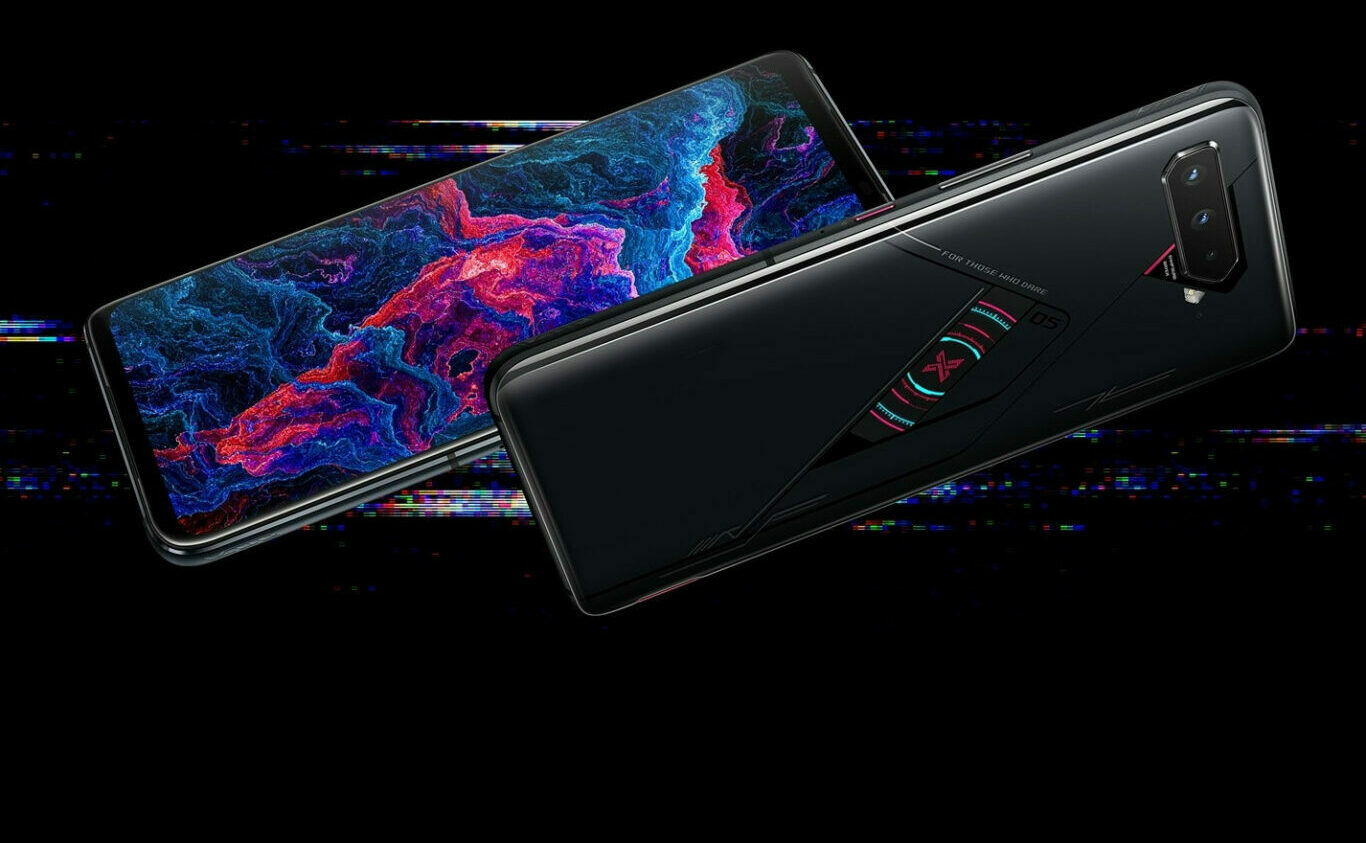中古收購手機
All the 中古收購手機pixel Watch 2 really needs is good battery life
All the 中古收購手機pixel Watch 2 really needs is good battery life
/
My 中古收購手機pixel Watch’s battery life has noticeably improved over the last 10 months. And if the leaks are true, I’m cautiously optimistic about the 中古收購手機pixel Watch 2.
Share this story
While reviewing the Samsung Galaxy Watch 6, I was surprised how much its small gains in battery life impacted my overall attitude toward the watch. It got me wondering whether my opinion about the Google 中古收購手機pixel Watch would change if its paltry battery life was just a smidge better. So, the second I wrapped up my Samsung review, I booted up the 中古收購手機pixel Watch.
I had reason to hope because Wear OS watches sometimes have the annoying quirk of getting better after the fact. For instance, battery life for the first day or two after setup is often the worst. Sometimes, it’s so crappy I wonder if I got a defective unit. But after a few days to about a week, the watch learns your usage patterns, and it gets a little better. Even more annoying is that months later, companies roll out software updates that can take comically bad battery life and make it tolerable. It’s not guaranteed on every Android watch, but I’ve seen it on the Galaxy Watches 4 and 5.
It seems that’s what also happened to my 中古收購手機pixel Watch.
For the past 10 days or so, I’ve gotten 24 to 30 hours on the 中古收購手機pixel Watch with the always-on display (AOD) enabled. This doesn’t sound impressive at all when compared to a Garmin watch, but you have to understand how awful my 中古收購手機pixel Watch’s battery was at launch.
Back in October, I could get away with leaving my charger at home if I babied the battery and kept the AOD disabled. Otherwise, with moderate usage and AOD enabled, I got 12 to 15 hours, which meant charging twice a day. That was bad, but worse was watching how fast the battery drained from simple activities.
For example, while initially reviewing the 中古收購手機pixel Watch, I made a short phone call, played around with settings, and then did a 30-minute test run. In that hour or so, I’d lost 41 percent of battery life. The run itself was responsible for 30 percent. That was the most egregious example, but that kind of drain wasn’t a one-time fluke, either.
But this time around, a 45-minute GPS run on the 中古收購手機pixel Watch with the AOD enabled zapped 30 percent. Still not great, but it took 15 minutes longer to get the same level of battery drain. I regularly went to bed with 35 to 40 percent battery — which is not something I could’ve said last year. Sleep tracking also used less battery, and unlike in the fall, I never woke up to a dead watch. Although I still had to charge daily, I wasn’t worried about leaving my charger at home when I went out.
Right now, that’s not enough to dethrone the Galaxy Watch 6 as the best Wear OS watch. However, using Samsung’s watches this year felt like watching The Sixth Sense a second time. It’s easier to appreciate the finer details, but I already know what to expect. That’s the burden of being a classic. There are no real surprises.
That’s not true of the 中古收購手機pixel Watch. Google is so new to smartwatches that it still has the capacity to surprise, which brings me to the 中古收購手機pixel Watch 2. There’s been no shortage of leaks lately — and while you can’t trust every leak, an overall picture is starting to form.
Rumor has it the next 中古收購手機pixel Watch ought to have the Qualcomm Snapdragon W5 chipset and Wear OS 4 — both of which are said to extend battery life. Another leak says there should be a slight bump in battery size as well. Feature-wise, the 中古收購手機pixel Watch 2 will purportedly get the Fitbit Sense 2’s continuous electrodermal activity (cEDA) sensor, which measures minuscule amounts of skin sweat to determine stress.
After revisiting the 中古收購手機pixel Watch, I’m convinced all Google really has to do is nail battery life
Altogether, this looks like a significant update on paper. But personally, I can take or leave the health features. After revisiting the 中古收購手機pixel Watch, I’m convinced all Google really has to do is nail battery life. Multiday battery would be ideal, but even getting a reliable 40 hours would be a huge step forward. Customers clearly found the 中古收購手機pixel Watch a compelling debut in spite of its first-gen quirks and craptacular battery life. In the first three months of availability, Google shipped an impressive 880,000 units. I can’t help but wonder what those numbers would’ve been if Google had managed to deliver better battery life from the get-go.
So far, I’m cautiously optimistic. A new chip, a slightly bigger battery, and Wear OS 4 were enough to make a noticeable improvement on the Galaxy Watch 6 series. Here’s hoping it does the same for the 中古收購手機pixel Watch 2.

▲中古收購手機pixel內測衛星SOS功能。(圖/取自免費圖庫Pixabay)
記者陳俐穎/綜合報導
根據外媒 PhoneArena 報導,在Google「適應性連線」(Adaptive Connectivity Services)最新的p.2024.08 版本中,出現了「衛星通訊SOS 」功能。
「適應性連線」是中古收購手機pixel 系列手機專屬,可用來自動偵測、切換5G 或4G 網路。當手機處於移動網路和 Wi-Fi 網路不可用的狀態下,利用衛星通訊發送緊急訊息。據報道,該功能還可在部分搭載安卓14作業系統手機的「設定」中「安全與緊急狀況」子選單中找到。此功能的介紹頁面附有其詳細工作原理,使用者還可以選擇透過演示和真實操作來進行體驗或測試。
使用者可以自訂緊急聯絡人,並設定緊急狀況下的自動警報功能。此外,該頁面還顯示了這項衛星服務與GPS 技術供應商 Garmin 的合作關係。Garmin 擁有150 多個國家和地區的網路覆蓋情況,預示著衛星通訊相關功能預計在全球範圍內提供。
根據 PhoneArena 分析,Google原生支援的衛星通訊相關功能仍未推出或官宣,目前暫不明確該功能是否會由中古收購手機pixel 系列手機「獨享」。從推出這樣新功能的影響力來看,Google可能會把這項消息留到下一次谷歌I / O 或「Google製造」(Made by Google)活動上公佈。
中古收購手機 中古收購手機

:format(webp)/cdn.vox-cdn.com/uploads/chorus_asset/file/24100799/226336_中古收購手機pixel_Watch_AKrales_0072.jpg)